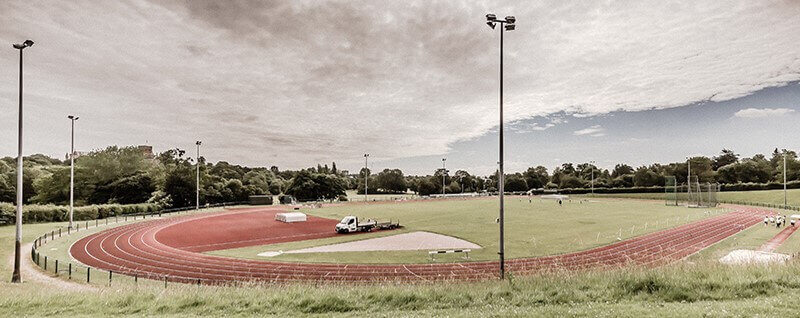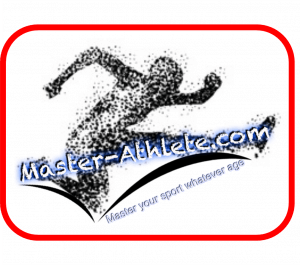
My personal test for K-Star’s new book, Becoming a Supple Leopard: The Ultimate Guide to Resolving Pain, Preventing Injury, and Optimising Athletic Performance, was to see if K-Star has taken his work is easy to understand and of course actually use in our daily routines
Becoming a Supple Leopard first begins with the basics and reinforces good posture while standing or sitting. This rings home with me, especially given as I said earlier, my body really inst the best soil it could be. Kelly then goes through a comprehensive bracing strategy on how to first level your pelvis, and then retain a neutral, supported spine throughout any movement. Beyond that, he addresses situations where a neutral spine may be compromised to complete a movement or lift, or in everyday life. Translating movement patterns from the gym to life is a critical piece that many people miss.

From here K-Star takes us on a journey through three categories of movements. To become an effective athlete at all you should become a student of movement. This comes more naturally to some people, who have moved often and received coaching from a young age, but it can be learned at any age.
K-Star evaluates movement by starting position, the tunnel, and ending position. The tunnel is what occurs from start to finish. Evaluating movement begins with the start position. If you can attain the start position successfully, you can rule it out as the issue. Next you can evaluate the finish position and see if you are able to attain it. If you are able to find the end position effectively, you can assume the tunnel or transition from start to finish is the issue. From here you can assess mobility to see if that is the issue. If you have full mobility and can attain the start and finish position, it may be an issue of motor control – actually learning the pattern – or achieving the strength to complete the movement. Using the movements as the screen themselves allows you or the athlete to assess ability on an individual movement basis.
By first evaluating the category one movements an athlete can later progress to category two and then three movements. This provides a great platform, and K-Star is correct that great positions and understanding of movement is transferable to everyday life and also when complexity, metabolic stress, and speed are added.

Where this book doesnt really fit is giving a systemic approach in testing. There is not a systematic outline and approach to screen athletes on intake of a fitness program, nor a physical therapy client. To evaluate movement there is not a standard protocol of starting with specific movement, and then progressing. This is where I beleive elements such as the FMS Functional Movement Screen can fit hand in hand with this and I will cover in another article review soon
“Becoming a Supple Leopard” is available at Amazon.co.uk



